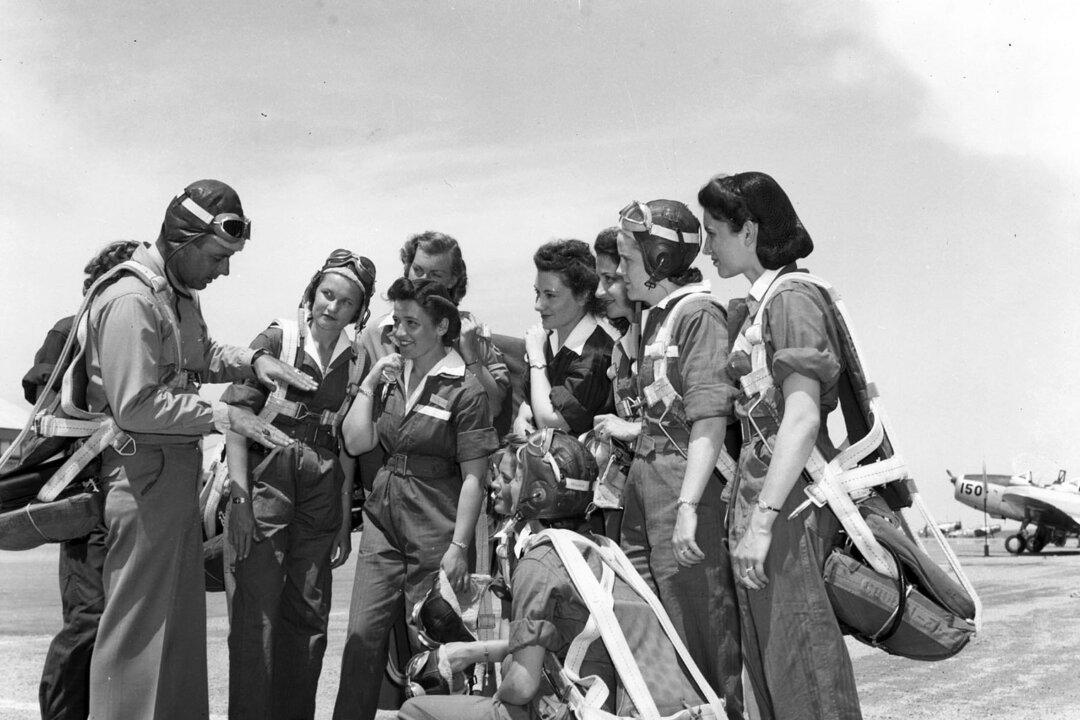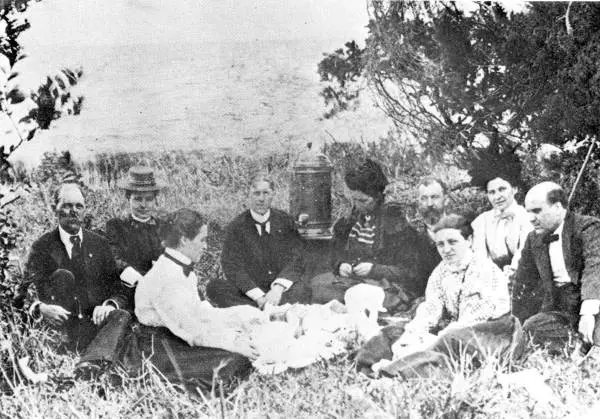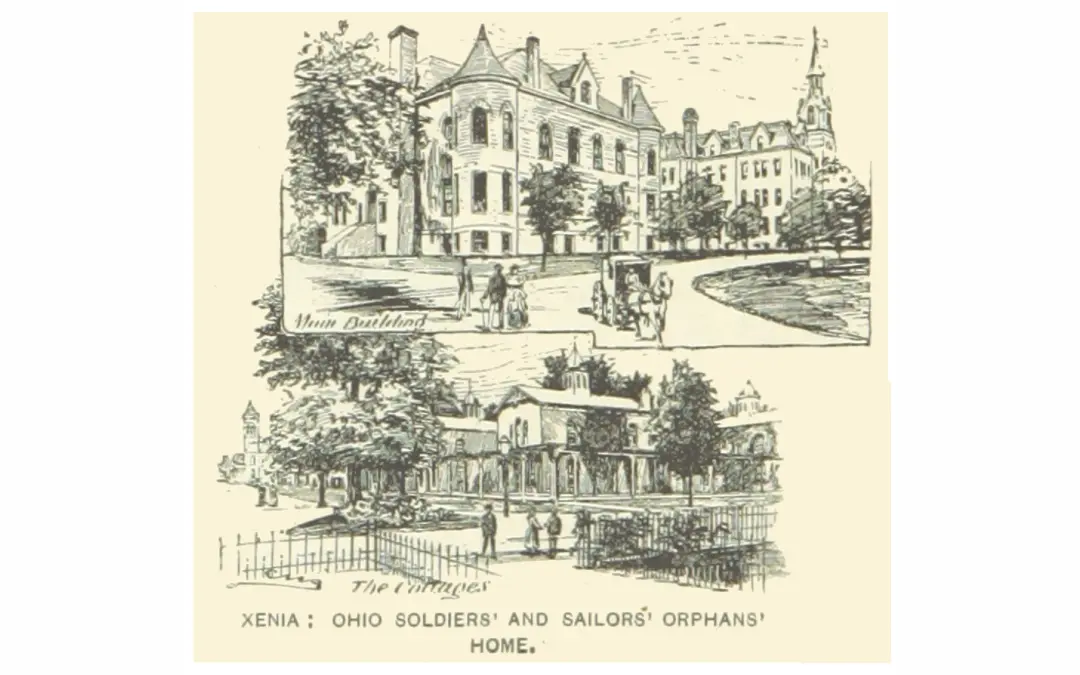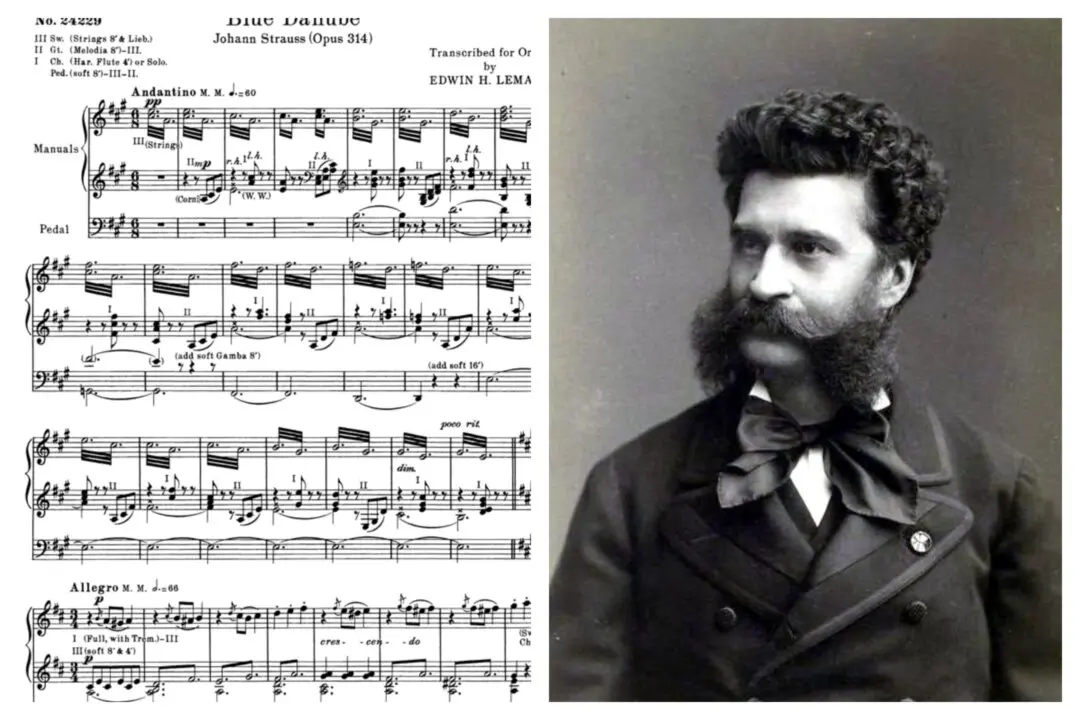After a long struggle to gain recognition for their wartime contributions, the Women Airforce Service Pilots (WASP) program of World War II has become legendary. Each of the more than 1,000 women who served in the program has a unique story.
Paula Loop is one such woman. Born in Manchester, Oklahoma in 1916, she grew up poor on a farm. Her parents raised her to work hard, and she eventually graduated from the Oklahoma College for Women with a business degree. While working as a secretary in Ponca City, Oklahoma, she applied for a scholarship in 1939 to receive free flight training under President Roosevelt’s newly established Civilian Pilot Training program. After the war broke out, she wanted to help the effort, and in 1942 applied to a new program called the Women’s Flying Training Detachment.





